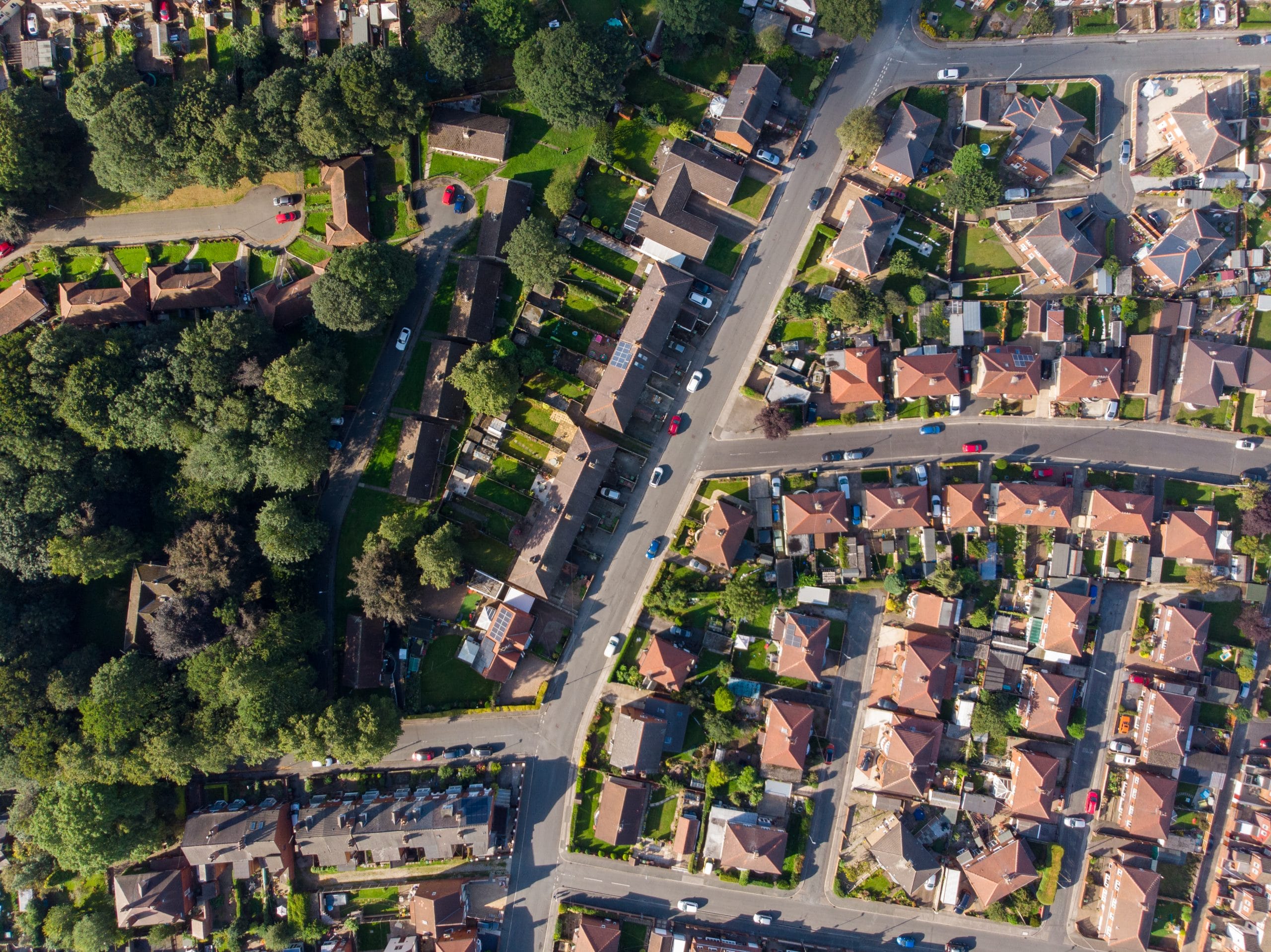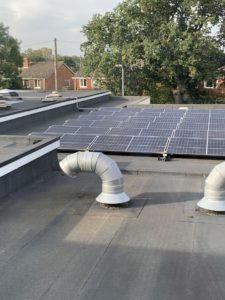The “Building Better, Building Beautiful” Commission final report is now being put into action. But what can we expect?
On January 30, 2020, the “Building Better, Building Beautiful” Commission published their final report. Now, one year later, we are starting to see the seeds of that report come into fruition.
The proposals have been outlined by Housing Secretary Rt Hon Robert Jenrick MP, and will see the Government kickstart a new set of rules, frameworks and funding opportunities with regards to new developments.
What is “Building Better, Building Beautiful”? The Building Better Building Beautiful Commission is an independent body created to advise the Government on how to promote high-quality design for new homes and neighbourhoods across England.
So, what has the Government decided to do to bring this report to life?
Local communities will be at the heart of plans to create new developments that are beautiful and well designed, to help the country Build Back Better.
What may feel like an overwhelming amount of alliteration is actually a promise from the PM to ‘build back better’ following the pandemic.
This particular initiative looks at how ‘living in beauty’ can become the norm, and the steps needed to ensure local communities are well-designed, full of high quality homes and boast streets lined with trees.
The hope is that current and new residents will benefit from beautiful homes in well thought out neighbourhoods as the UK recovers from the pandemic.
What is the government doing in response to the “Building Better, Building Beautiful” report?
The new proposals state that:
- There will be changes to the National Planning Framework to place greater emphasis on beauty and place-making, and to ensure that all new streets are lined with trees
- A new draft national design code has been published; this provides a checklist of design principles to consider for new developments, such as street character, building type, façade, and the requirements that address wellbeing and environmental impact, which councils can use as a foundation for their own local design codes.
- All councils will be encouraged to publish their unique design code, so residents have a real say in the design of new developments in their area.
- An ‘Office for Place’ will be created within the next year, which will support local communities to turn their designs into the standard for all new buildings in their area.
- A new Community Housing Fund has opened to support community-based organisations to bring forward local house building projects for the £11.5 billion Affordable Homes Programme, backed by £4 million of support for local plans.
- Funding has been doubled for areas under the “local heritage listing – monuments men” campaign, with up to £1.5 million now available for communities to nominate local heritage sites including historical buildings or modern architecture, art and memorials for inclusion in their council’s local heritage list.
These new measures mean the word “beauty” will be specifically included in planning rules for the first time since the system was created in 1947. This will see the country taking things back to a time when there was a far greater emphasis on whether a building was considered attractive to local people.
What is an ‘Office for Place’?
One of the most exciting parts of the new proposal is the creation of an ‘Office for Place’; this will launch within the next year and hopes to pioneer design and beauty within the planning system. The new organisation will lean on Britain’s world-class design expertise and visionaries so that local communities can benefit from the much needed support to turn their ideas for beautiful design into local standards that all new buildings will be required to meet.
An interim Office for Place will be put into place; it will be their job to plot out exactly what the organisation will look like and what form it will take going forward.
This interim team will – this year – be piloting the National Model Design Code with 20 communities. The aim of this pilot project is to empower local authorities to demand beauty, design quality and place-making within their local community. They will also be given training on the principles outlined in the National Model Design Code.
You can register an expression of interest for the pilot – it is only open for the first 10 councils to sign up, and each will receive a share of an initial £500,000.




















